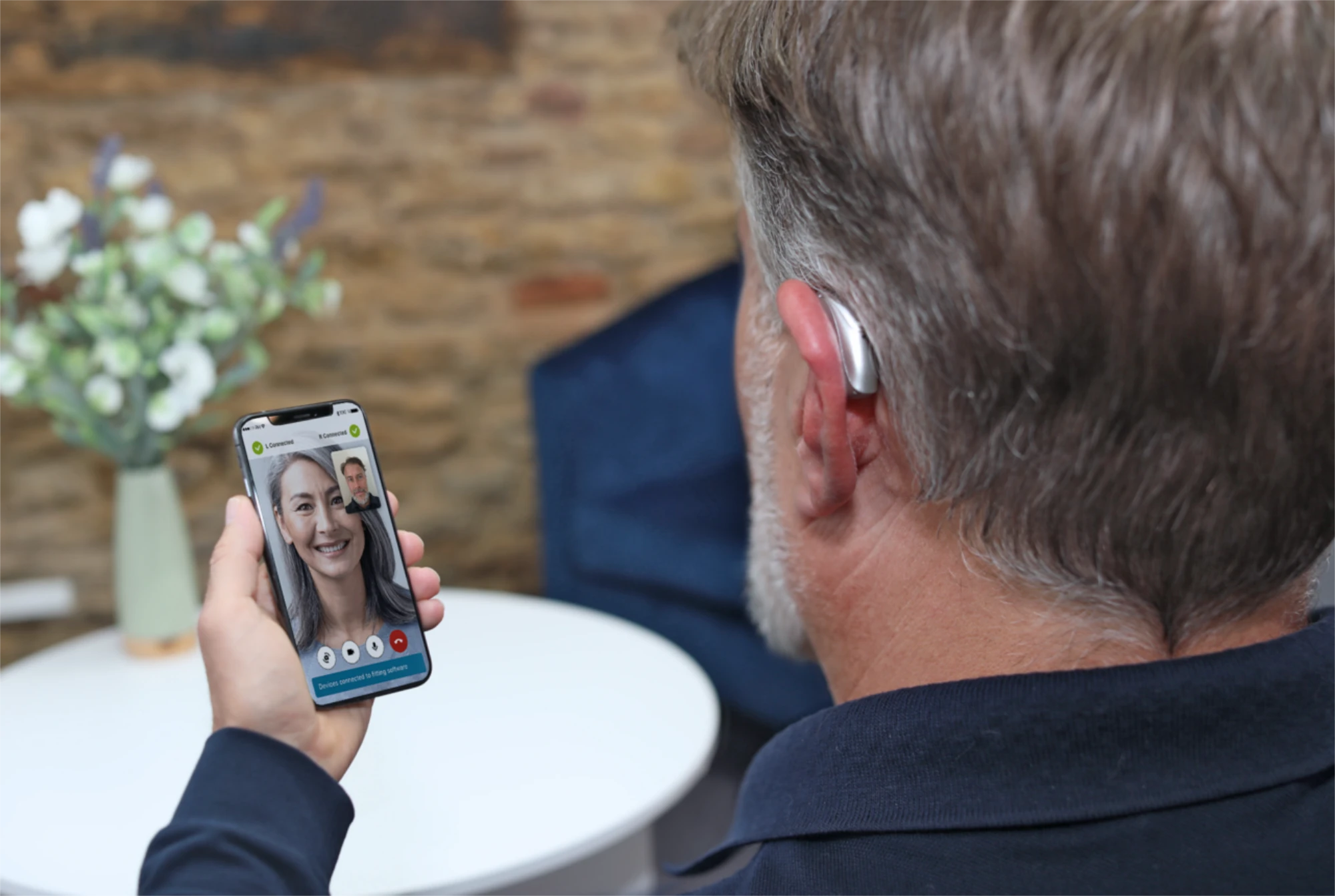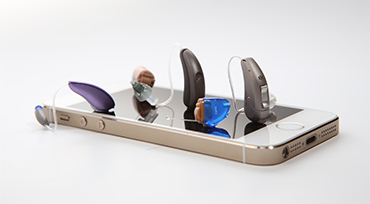Hearing Aid Styles & Technology
Understanding the options and technology is where our expertise lies.
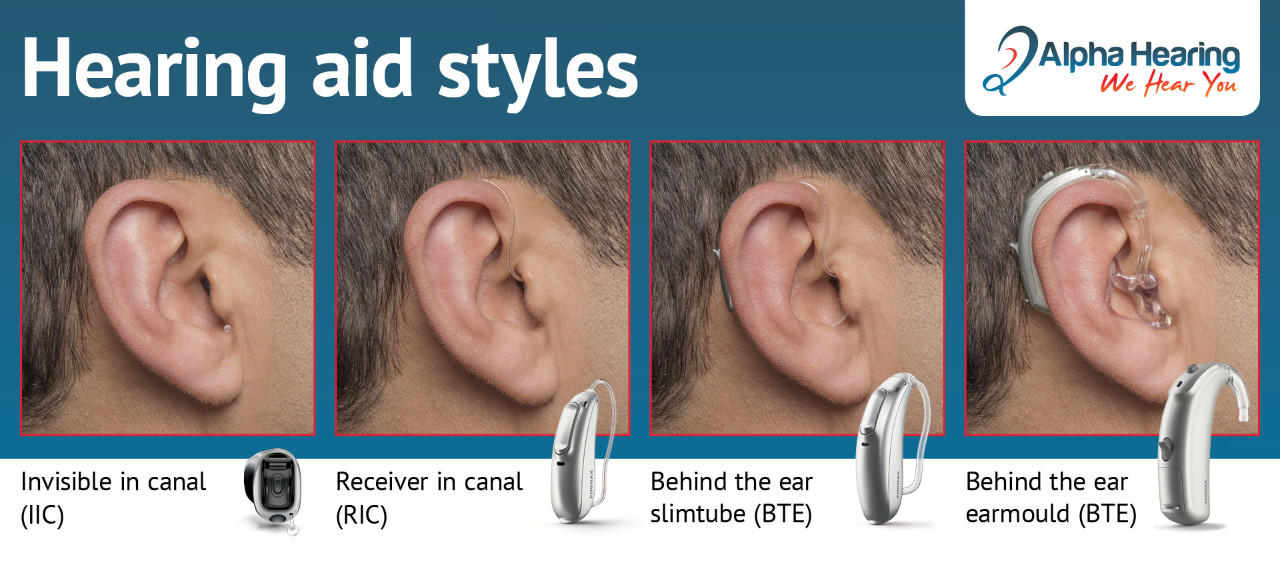

INVISIBLE IN CANAL (IIC)
Invisible-in-the-Canal (IIC) hearing aids are designed to be discreet and fit deeply within the ear canal, making them virtually invisible to others. These devices are custom-made to ensure a precise fit and are suitable for individuals with medium to large ear canals, where they can accommodate all necessary electronics.
Benefits:
- Discreetness: IICs are not visible when worn, offering a high level of concealment.
- Custom Fit: Each IIC is tailored to the individual’s ear canal, ensuring a snug and comfortable fit.
- Aesthetic Appeal: Ideal for those who prefer a hearing aid that is unobtrusive, including younger users and active individuals.
Suitability:
- Comfort with Concealment: Best for individuals who want a hearing aid that remains hidden from view.
- Active Lifestyles: Popular among those still active in the workforce or engaged in sports.
- Fitting Requirements: Requires a medium to large ear canal for proper fitting and effective function. A precise ear impression and an experienced audiologist are crucial for achieving an optimal fit.
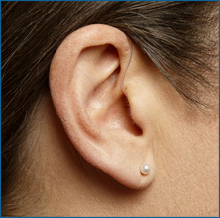
RECEIVER IN CANAL (RIC)
Receiver-in-Canal (RIC) hearing aids combine reliability, comfort, and a discreet appearance. In this design, most of the electronics—such as the amplifier, microphones, and battery—are housed in the main device behind the ear. The receiver, which delivers sound into the ear canal, is connected to the main unit by a thin wire encased in flexible plastic, which blends with the skin.
Benefits:
- Discreet Appearance: The wire connecting the receiver to the main device is thin and blends with the skin, making the hearing aid less noticeable.
- Excellent Sound Quality: RICs are known for providing natural and high-quality sound.
- Comfort and Manageability: The design ensures a comfortable fit and ease of use.
Suitability:
- Aesthetic Preferences: Ideal for those who want a hearing aid that is less visible and more discreet.
- Sound Quality Needs: Suitable for users who prioritize high-quality, natural sound.
- Ease of Use: Perfect for individuals seeking a manageable and comfortable hearing aid experience.
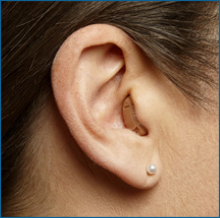
CUSTOM (ITC, CIC)
Custom hearing devices come in various sizes, with larger models typically offering greater power to address more significant hearing loss. These devices are crafted from a customized mold of your ear, ensuring a precise fit with electronic components placed in the ear canal or the concha (the bowl of the ear).
Benefits:
- Precise Fit: Custom molds provide a tailored fit for comfort and effectiveness.
- Power Options: Larger custom devices can handle more severe hearing loss.
- Ease of Management: Often easier for users to handle and adjust.
Suitability:
- Hearing Loss Levels: Suitable for individuals with mild to severe hearing loss.
- Discreet Appearance: Some users prefer custom devices for their potential discretion, though this may vary compared to Receiver-in-Canal (RIC) models.
Considerations:
- Occlusion Effect: Custom devices can create a blocked feeling in the ear and make your own voice sound loud and “drummy.”
- Wax and Moisture Sensitivity: The location in the ear canal makes them more susceptible to wax and moisture damage
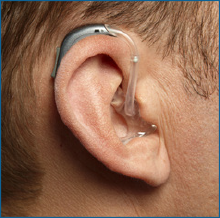
BEHIND THE EAR (BTE)
Behind-the-Ear (BTE) hearing aids are designed to sit behind the ear, using a slim tube or ear-mold to deliver sound into the ear canal. All electronic components, including the receiver, are housed in the device located behind the ear.
Benefits:
- Moisture and Wax Resistance: BTEs are less susceptible to damage from moisture and wax.
- Reliability and Durability: Known for their high level of reliability and long-lasting performance.
- Comfort: Offers a comfortable fit and consistent sound quality.
Suitability:
- Reliability Needs: Ideal for users who prioritize durability and dependable performance.
- Comfort Preference: Suitable for those seeking comfort and ease of use in their hearing aids.
HEARING AID TECHNOLOGY
Hearing Aids have become advanced and sophisticated devices capable of delivering so much more than just better hearing.
Days have past where hearing aids are big, beige and boring, constantly whistle and are hopeless in background noise. The advancement in hearing technology and innovation are simply astounding. We keep up to date with the latest hearing innovation and technology ensuring our community are aware and able to benefit from these advancements.
Examples of ground-breaking hearing aid innovations available today:
Wireless Bluetooth Streaming
In a world of smartphones and portable electronic devices, modern hearing aids are equipped with Bluetooth technology. The convenience of being able to use your Bluetooth-enabled devices (eg iPhones, Android, iPads) to stream audio content (such as music from Spotify or audiobooks from Audible) directly into your hearing aids is not only provides clarity but absolute convenience without the use for inconvenience or use of additional headphones.
Smartphone Connectivity
Although you don’t need a smartphone to operate a hearing aid, the ability to connect to your smart phone provides great benefits for the user, it gives you more control over the way you hear in particular listening situations.
One major benefit of hearing aids with smartphone connectivity is the ability to download an app that acts like a remote control. This allows you to control your hearing aids, change settings and make adjustments on your own – without anyone noticing.
Rechargeable devices
Hearing aids are now rechargeable. New generation devices don’t use tiny button batteries which means you no longer need to buy and change batteries again. This makes them much easier to use and manage.
Tinnitus maskers
Some hearing aids can be used to tune out tinnitus using specially designed masking features, these features are available through the mobile app. The tinnitus maskers can really help to alleviate tinnitus and the anxiety caused by the ringing in your ears.
Directional microphones
Directional microphones help you focus on the speech you want to hear in circumstances where there is other noise or speech competing for your attention. When the directional microphones are activated, it works automatically to change its sensitivity to reduce noise that might arise from unwanted locations or directions.
Directional microphones work to amplify the speech you want to listen to relative to the unwanted noise and speech. The benefit is it makes it easier to hear speech in challenging and noisy environments such as, restaurants and social gatherings. -‘
We love helping you understand and use the technology. It’s what we do best.

